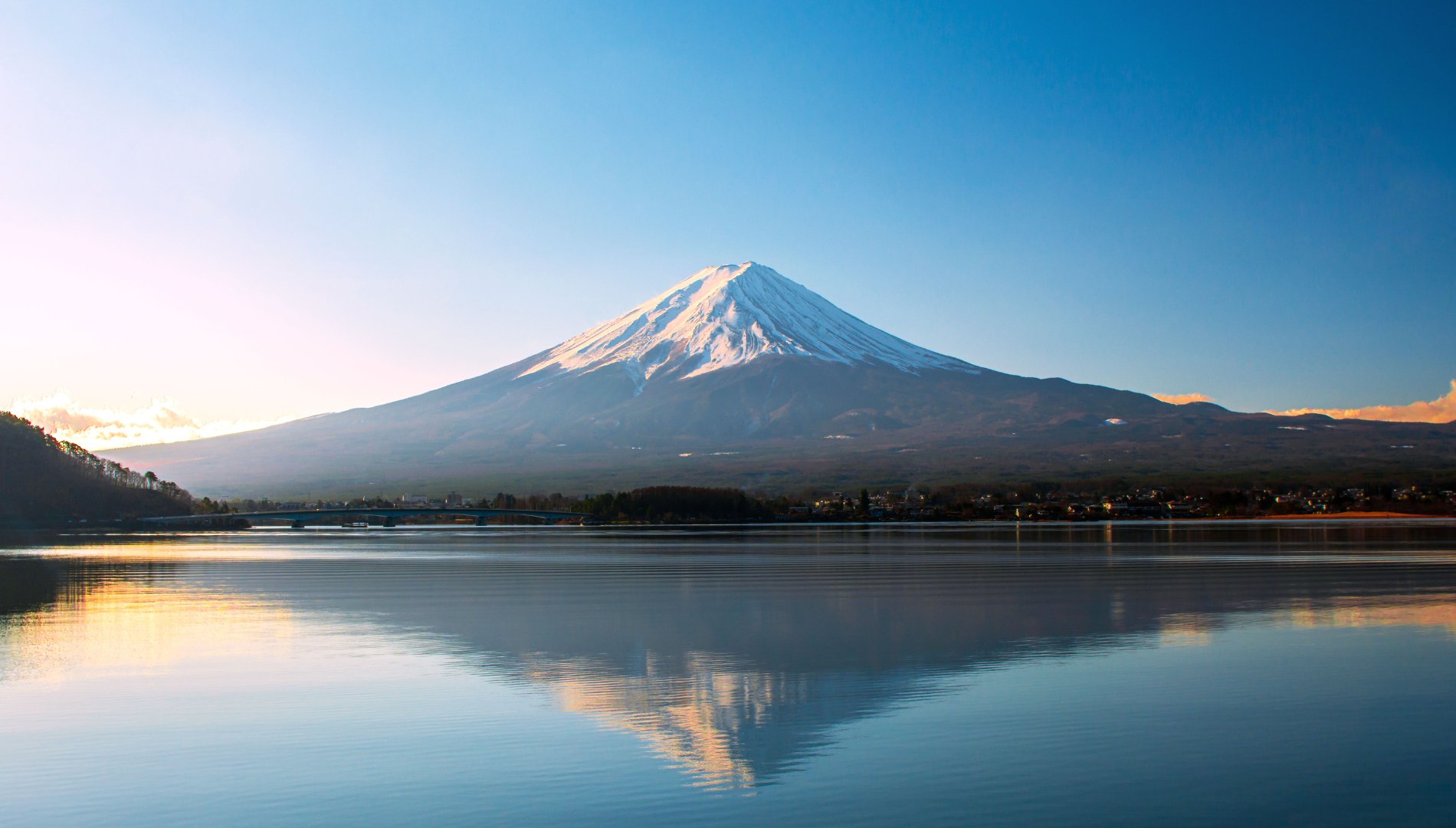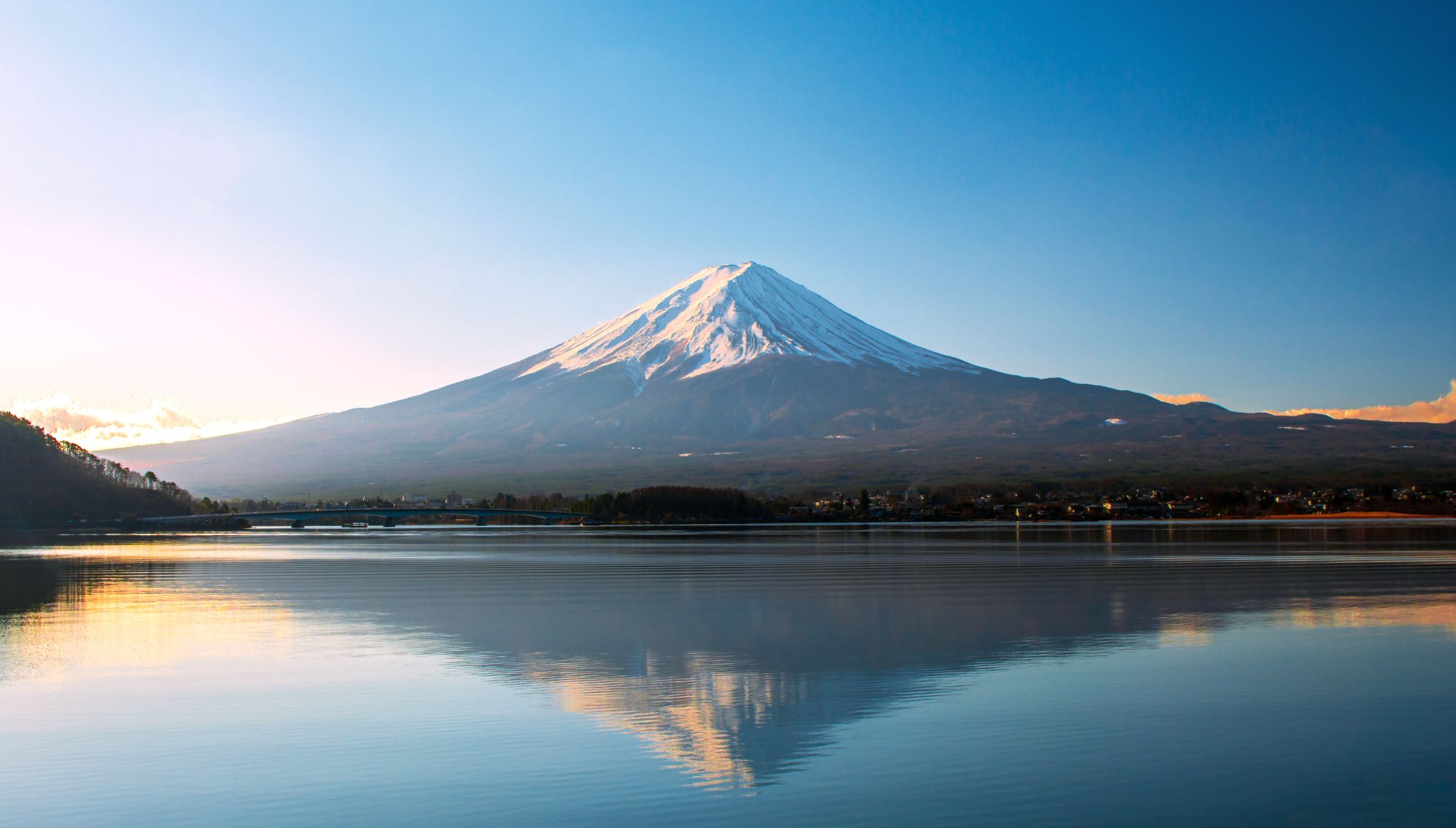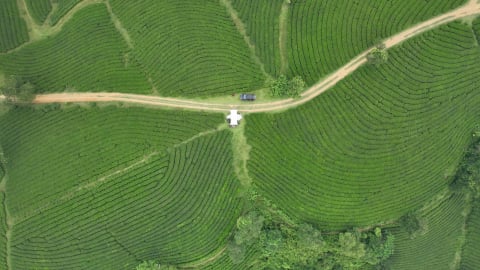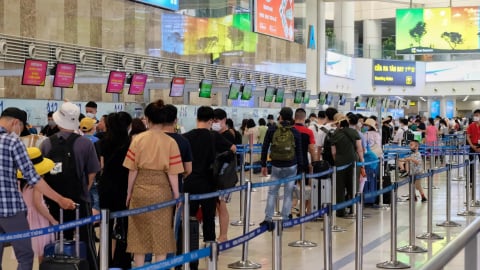According to information from Japan Today, recently, a committee under the Japanese Government has completed compiling a series of necessary response measures in case of a large-scale ash eruption from Mount Fuji. This is a proactive step to prepare for the worst possible situations, although the last eruption of Mount Fuji took place more than 300 years ago.
These response measures are classified into four different levels, based on the severity of the situation, to ensure flexibility and efficiency in handling emergency situations. Specifically, level 1 is activated when the ash falls below 3cm, causing a risk of disruption to the railway system. Level 2 is applied when the ash falls between 3 and 30cm, in which case the urgent restoration of essential services such as electricity is still possible.
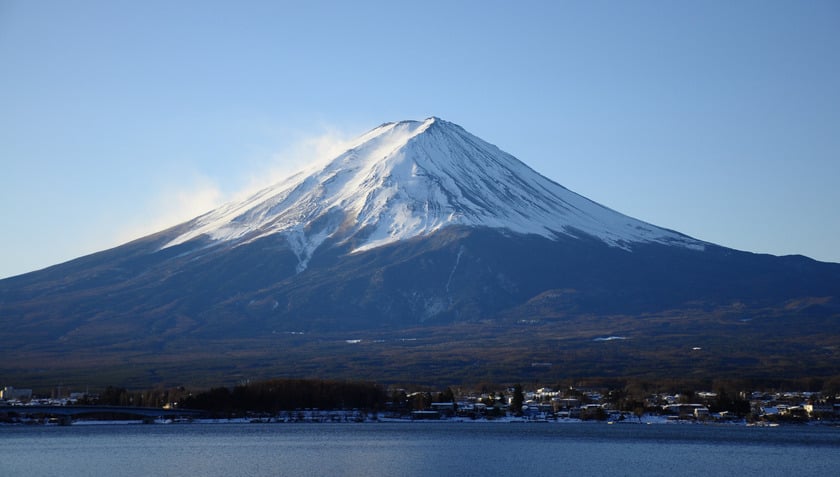
Recently, the Japanese government released a detailed report on response measures in case of Mount Fuji eruption.
It is worth noting that the Japanese government did not ask residents to evacuate at both levels. The main reason is that the danger level is assessed as relatively low, and organizing large-scale evacuations in densely populated areas is considered a complex task that may cause more difficulties and risks than benefits. However, this does not mean that the Japanese government is complacent. They are still closely monitoring the situation and preparing for worse scenarios, where ash levels exceed 30 cm, which could cause much more serious consequences.
When volcanic ash falls between 3 and 30 cm, but essential services such as electricity are cut off and cannot be restored immediately, the situation will be assessed as level 3. In this case, local authorities will face serious challenges in maintaining basic operations and ensuring the safety of the people. Therefore, evacuation of people to safer areas will be seriously considered, depending on the actual situation and the response capacity of the authorities.
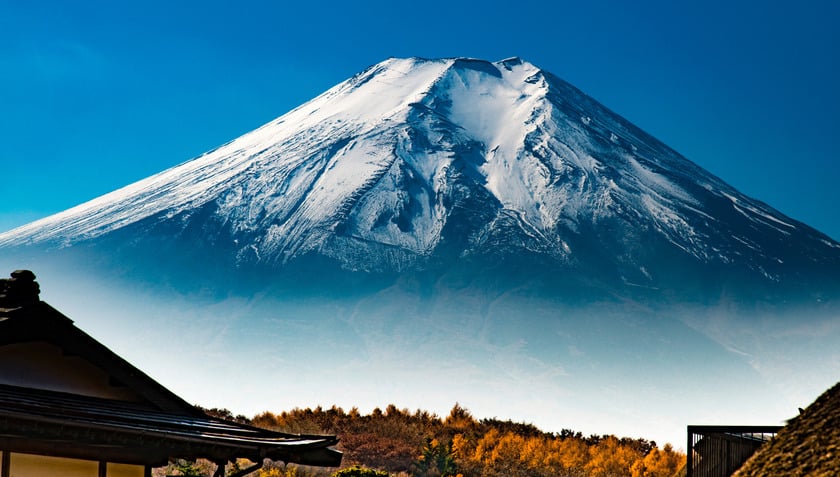
Although there is currently no sign of volcanic activity, scientists say an eruption at the mountain could cause a major disaster.
If the ash falls to a depth of 30cm or more, the situation will be raised to Level 4, the highest level of danger. In this situation, evacuation of people will become mandatory to protect their lives and property. The expert committee is concerned that with such a dense ash cloud, traditional Japanese wooden houses could collapse under the weight of the ash, especially when combined with heavy rain, causing unforeseen damage.

It is estimated that a major eruption at Mount Fuji could release up to 490 million cubic meters of ash into the atmosphere.
To prepare for the worst, the expert panel also called for the stockpiling of emergency supplies such as food and water. This is crucial to ensure that people can survive in the early days after a disaster, when supplies may be disrupted. However, it is important to note that the panel’s report does not make any specific predictions about the timing or scale of the next eruption.
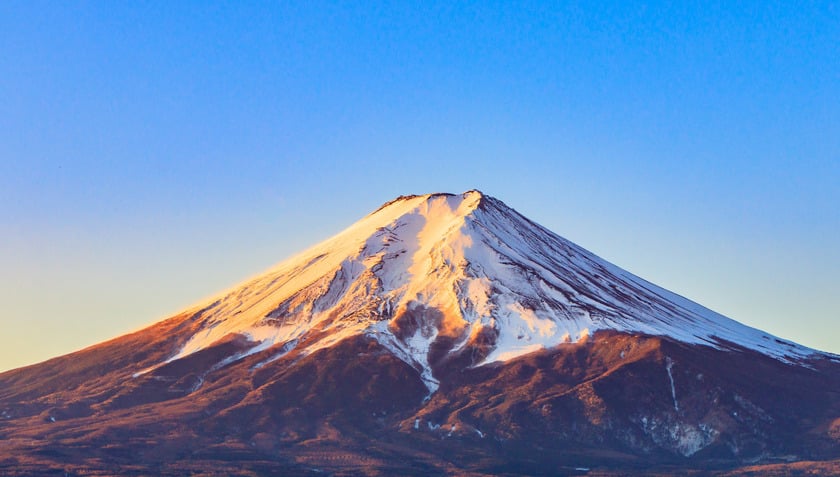
There is currently no sign that the 3,776-meter-high Mount Fuji will erupt in the near future. Authorities are closely monitoring the peak because it is classified as an active volcano, not an extinct one.
Mount Fuji, with an impressive height of 3,776 m, straddles the Yamanashi and Shizuoka prefectures, west of Tokyo. It is not only the tallest mountain in Japan, but also an important cultural and spiritual symbol for the people here. Although Mount Fuji last erupted more than 300 years ago, in 1707, its consequences are still remembered. At that time, the eruptions lasted for 16 days, leaving a layer of volcanic ash about 4 cm thick in the center of present-day Tokyo, according to historical records. This shows that even a relatively small eruption can have a major impact on the surrounding area.





